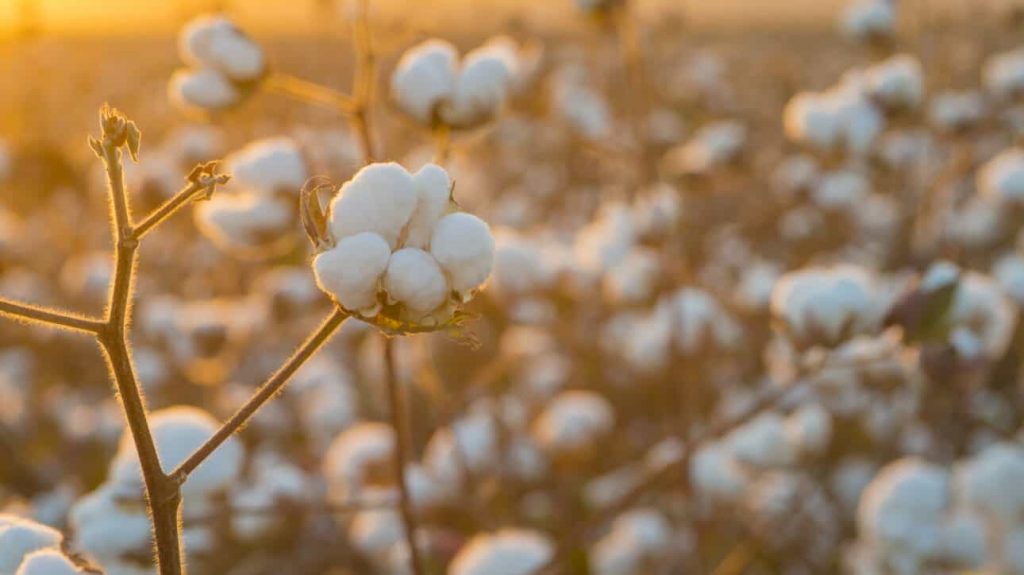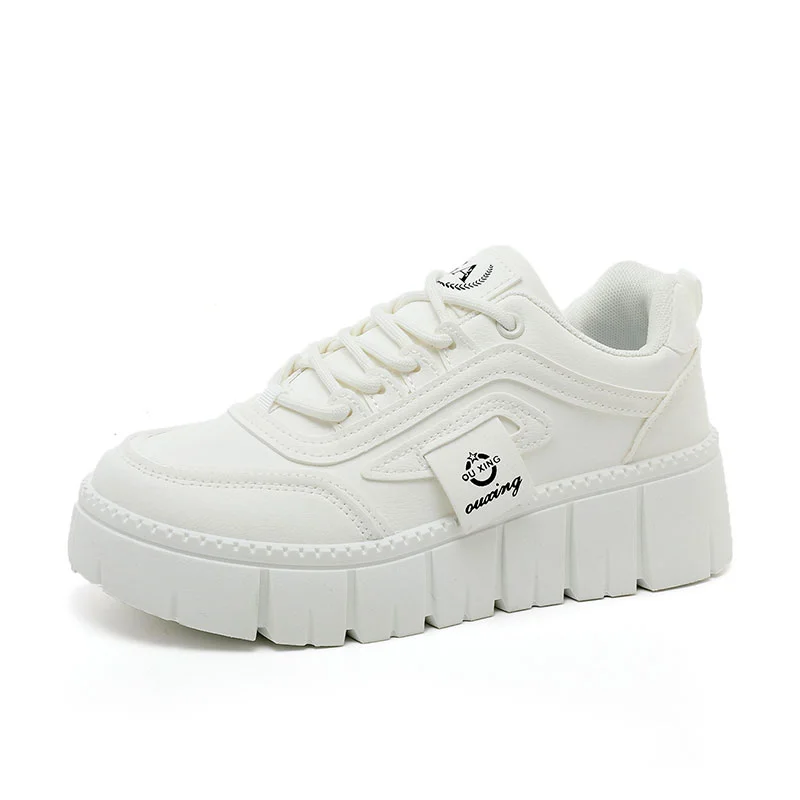Unraveling the Quality Quandary: Decoding the Diverse Dimensions of Cotton
2 min read
Cotton, a versatile and widely used natural fiber, has been an integral part of human civilization for centuries. From clothing to home textiles, cotton's popularity stems from its comfort, breathability, and durability. However, when it comes to cotton, is all of it the same quality? In this article, we delve into the multifaceted world of cotton to uncover the various dimensions that determine its quality, debunking the myth of uniformity.
- Fiber Length and Strength:
One of the primary indicators of cotton quality is fiber length. Longer fibers, known as staple fibers, are generally considered superior due to their strength and ability to produce finer yarns. Cotton with longer staple lengths tends to have fewer fiber ends, resulting in reduced pilling and improved fabric integrity. Moreover, longer fibers also contribute to smoother and more lustrous fabrics, enhancing the overall quality. - Fiber Fineness and Micronaire:
Apart from length, the fineness of cotton fibers plays a crucial role in determining its quality. Finer fibers possess a higher surface area, allowing for better dye absorption and improved fabric softness. Micronaire, a measurement of fiber fineness, is often used to assess cotton quality. Lower micronaire values indicate finer fibers, which are desirable for producing high-quality textiles. - Fiber Uniformity and Maturity:
Uniformity refers to the consistency of fiber properties within a cotton sample. Higher uniformity signifies fibers of similar length, strength, and fineness, leading to more even yarns and fabrics. Maturity, on the other hand, relates to the development stage of cotton fibers. Mature fibers tend to be stronger, more lustrous, and have better dye affinity, contributing to superior fabric quality. - Contamination and Purity:
Cotton quality is also influenced by the presence of contaminants and impurities. Contamination can include foreign matter, such as leaves, stems, or seed fragments, which can affect the spinning process and result in lower-quality yarns. Purity, therefore, becomes a critical factor in determining the overall quality of cotton, with higher purity levels indicating a cleaner and more desirable product. - Growing Conditions and Environmental Factors:
The quality of cotton is not solely determined by its inherent characteristics but is also influenced by external factors. Growing conditions, including climate, soil quality, and cultivation practices, can impact cotton quality. For instance, cotton grown in regions with favorable climates and well-managed farming techniques tends to exhibit better fiber properties and overall quality.
Conclusion:
In conclusion, the quality of cotton is a multifaceted concept that encompasses various dimensions. From fiber length and strength to fineness and uniformity, each aspect contributes to the overall quality of cotton and its subsequent applications. Additionally, factors like contamination, purity, and growing conditions also play significant roles. Understanding these diverse dimensions allows us to appreciate the nuances of cotton quality and make informed choices when selecting cotton-based products.

